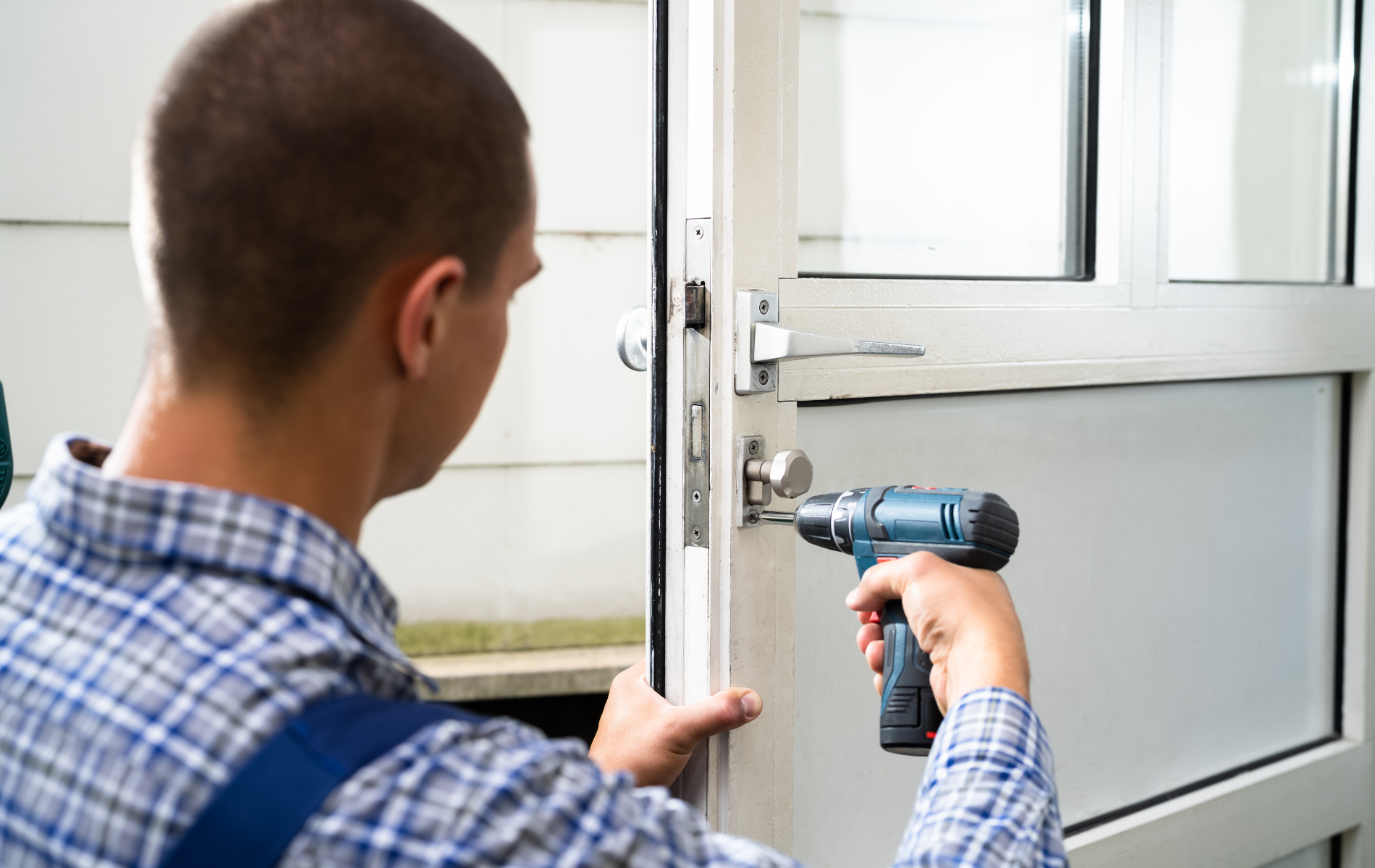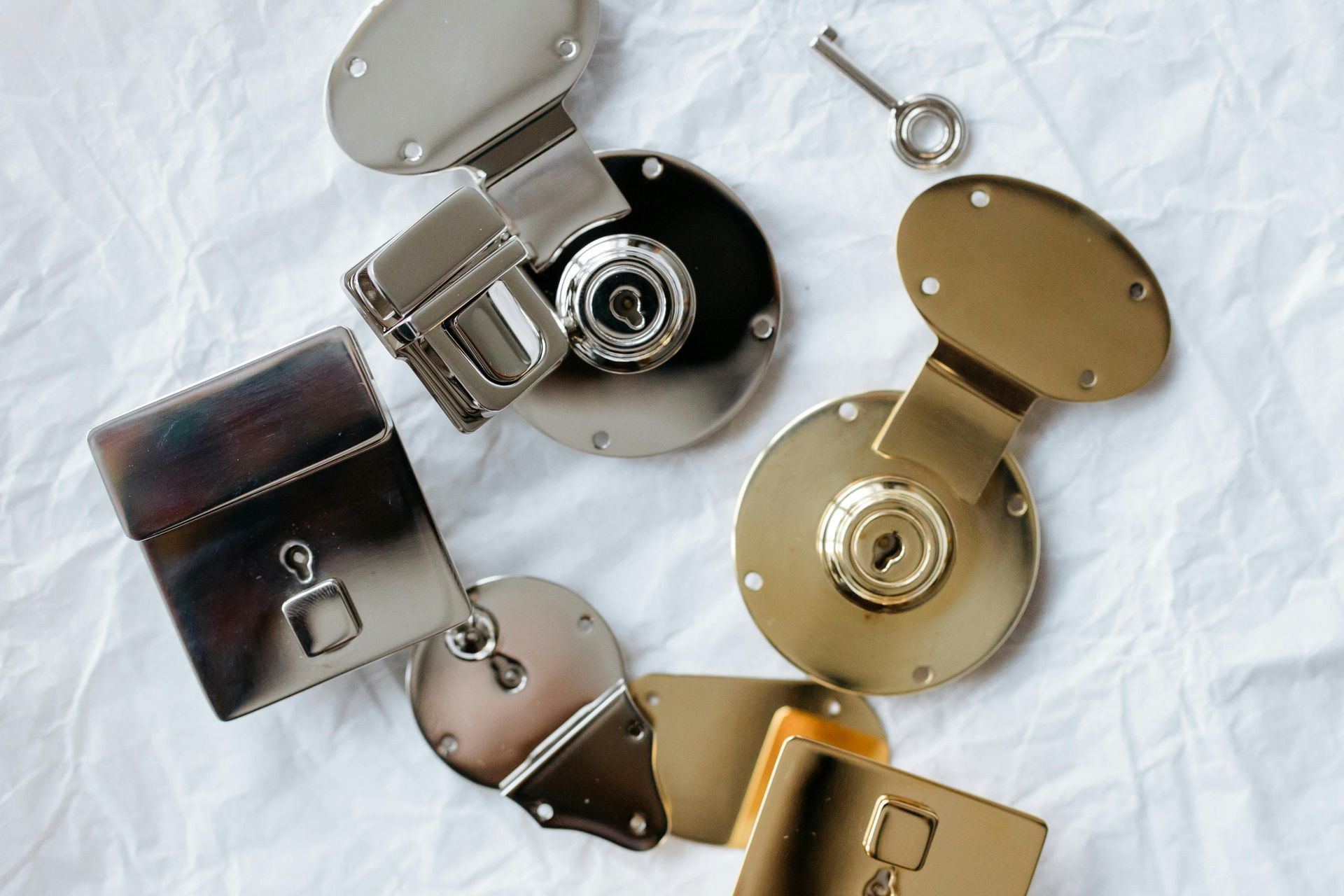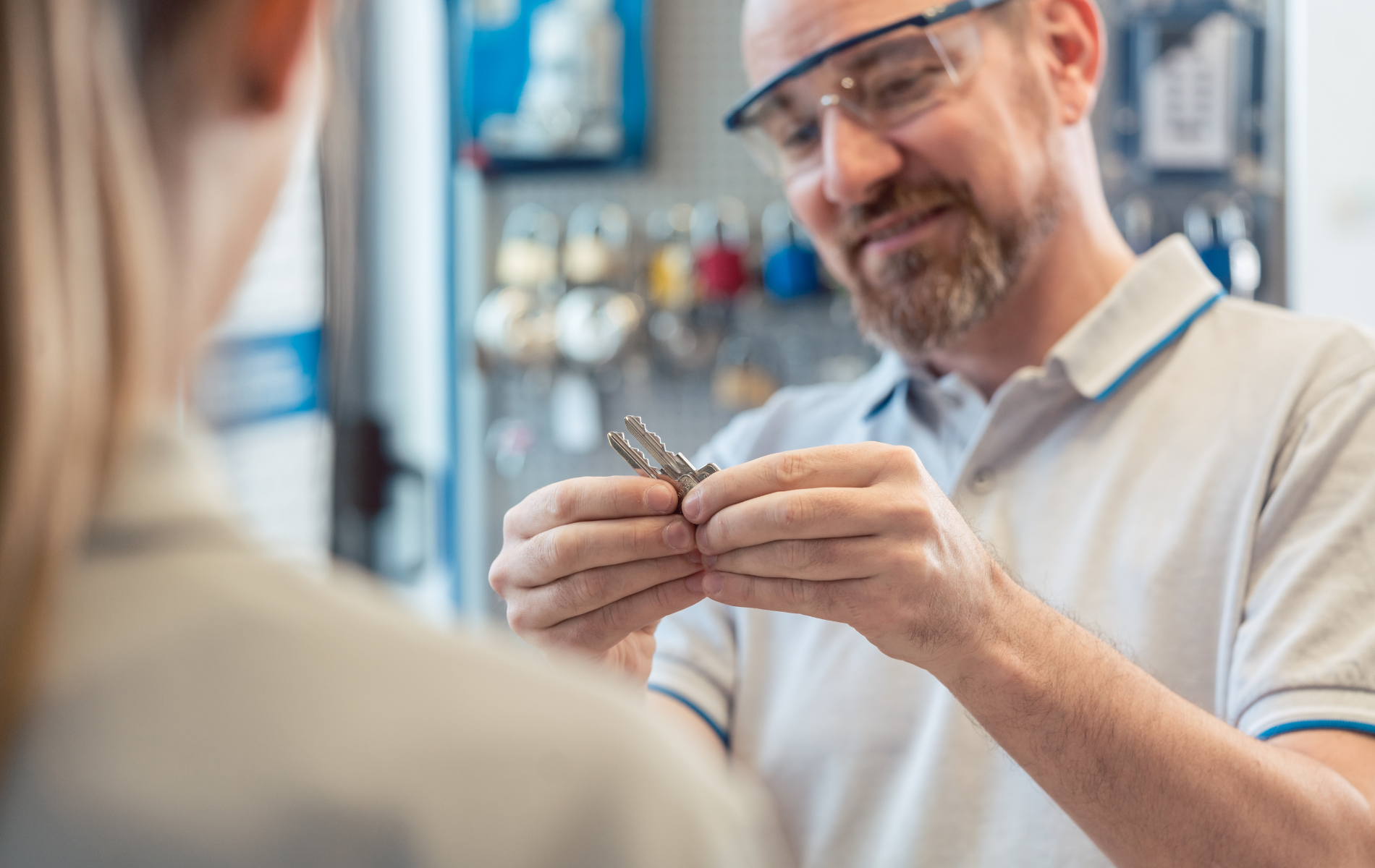How to Protect Your Home from Lock Bumping in Tampa
Worried About Lock Bumping? Here’s the Quick Answer

Lock bumping is a break-in method where a specially cut “bump key” is used to quickly open traditional pin tumbler locks. To protect your Tampa home, upgrade to bump-resistant or high-security locks, reinforce entry points, and use additional security measures like cameras and alarms.
Even though lock bumping leaves little to no visible damage, it’s one of the most common and overlooked home security vulnerabilities. Fortunately, preventing it is simple once you understand how it works and how to upgrade your locks properly.
What Is Lock Bumping?
Lock bumping is a technique that exploits the design of pin tumbler locks — the type found on most residential doors. It works like this:
- A bump key, cut to the maximum depth for each pin, is inserted into the lock.
- A light strike or “bump” forces the pins to jump momentarily into alignment.
- The intruder turns the key, and the lock opens.
Why it’s dangerous:
- Speed: Entry can take less than 10 seconds.
- Stealth: It leaves little to no visible damage.
- Accessibility: Bump keys are easy to find online or make from common blanks.
A thief could open your front door in broad daylight without drawing attention — and unless you know what to look for, you might not realize how they got in. Because the method doesn’t damage the door or frame, it’s often mistaken for an accidental unlocked door rather than a deliberate intrusion.
Why Lock Bumping Is a Concern in Tampa
Tampa Bay’s diverse housing mix — from older homes to new developments — makes the region especially vulnerable. Many properties still rely on standard pin tumbler locks, which are the easiest to manipulate using bumping techniques.
Neighborhood-specific concerns:
- Seminole Heights & Ybor City: Older homes often have original or outdated locks that are easier to bump.
- South Tampa: Higher-value properties can be targeted for quick, undetected entry.
- Apartment Complexes in Clearwater & St. Pete: Standardized locks across multiple units give criminals repeat opportunities once they have a matching bump key.
In addition, Tampa’s transient population and tourism traffic mean there’s more movement of short-term renters, contractors, and maintenance workers — increasing the chances that unauthorized keys may circulate.
Unlike forced entry, bumping doesn’t leave obvious signs like broken frames or shattered glass, making it harder for homeowners to detect and for insurers to process claims.
Signs Your Home May Be Vulnerable
You may be at higher risk if:
- Your locks are standard pin tumbler models.
- You’ve never upgraded since moving in.
- Your locks are widely available in local hardware stores.
- You live in a high-traffic area or one with frequent move-ins/outs.
- You notice minor scratches around your keyholes or slightly loose lock cylinders.
If your locks are over ten years old, they may also lack modern security features designed to resist bumping and picking.
How to Protect Your Home from Lock Bumping
1. Upgrade to Bump-Resistant Locks
High-security locks use special pin configurations, sidebars, or rotating mechanisms that make bumping ineffective. Brands like Medeco, Mul-T-Lock, and Schlage Primus are proven options. These locks are designed with patented keyways that require unique tools and restricted key blanks, which can’t be purchased by the general public.
2. Add Secondary Locks
Layered security slows down intruders:
- Deadbolts with internal turn knobs
- Chain locks or swing bar locks
- Sliding door security bars
Even if a bump key works, a second device can prevent entry. This is especially helpful for vacation properties or homes that are unoccupied for extended periods.
3. Use Restricted Key Systems
Restricted keys can only be duplicated by authorized locksmiths, reducing the risk of copies ending up in the wrong hands.
With a restricted key system, every key cut is logged and registered — an ideal solution for landlords, property managers, and homeowners who share access with cleaning or maintenance staff.
4. Reinforce Your Doors
Install heavy-duty strike plates with 3-inch screws, solid-core or metal-clad doors, and hinge reinforcement to prevent forced entry attempts that may follow a failed bumping. Strong hardware complements bump-resistant locks by eliminating other vulnerabilities intruders can exploit.
5. Add Visible Deterrents
Cameras, motion lights, and alarm decals won’t stop bumping mechanically but can discourage a criminal from targeting your home in the first place. Criminals prefer easy, low-risk targets — even the sight of a video doorbell or bright lighting can make them move on.
6. Consider Smart Locks
Smart locks operate with codes, cards, biometrics, or apps instead of traditional keys — eliminating the bumping threat entirely. Modern smart locks from brands like August, Schlage Encode, or Yale Access can integrate with home automation systems for real-time monitoring.
Cost of Bump-Resistant Upgrades in Tampa
| Upgrade Type | Typical Price Range | Notes |
|---|---|---|
| High-Security Deadbolt | $100–$300 installed | Best long-term bump-proof solution |
| Door Reinforcement Kit | $50–$150 | Improves resistance to forced entry |
| Smart Lock Installation | $150–$350 | Eliminates physical key risk |
While the upfront investment is higher than standard locks, the added security and peace of mind easily justify the cost — especially when compared to potential losses from a burglary.
Local Examples of Bump-Proofing Homes
- South Tampa: A homeowner upgraded all exterior locks to Medeco after suspicious signs of tampering.
- St. Petersburg: A property manager replaced every lock in a multi-unit building with Schlage Primus for tenant security.
- Clearwater: A family installed a mix of smart locks and high-security deadbolts for layered protection.
- Ybor City: A historic homeowner retrofitted decorative doors with bump-resistant hardware that preserved the look while improving safety.
FAQ – Lock Bumping in Tampa
Q: Can rekeying stop lock bumping?
A: No. Rekeying changes the key but doesn’t change the lock’s vulnerability to bumping.
Q: Is lock bumping covered by homeowners insurance?
A: Coverage varies. Because there’s often no visible damage, some insurers require additional proof.
Q: Can a locksmith test if my lock is vulnerable?
A: Yes. We can assess your locks and recommend upgrades tailored to your home’s needs.
Q: Do all smart locks resist bumping?
A: Yes — since they don’t use a traditional keyhole, bumping isn’t possible.
Q: Should I upgrade all exterior locks or just the front door?
A: All exterior entry points should be secured, including garage and side doors.
Q: What’s the best long-term solution?
A: Investing in high-security locks with restricted keys provides the most lasting protection and control.
Why Choose Tampa Bay Lock & Key for Bump-Proofing Services
- Over 65 years of locksmith experience in Tampa Bay
- Licensed, insured, and trusted locally
- Specialists in high-security and bump-resistant lock installation
- Mobile service to Tampa, St. Petersburg, Clearwater, and surrounding areas
- Transparent pricing and same-day service options
Our team uses industry-leading tools and hardware to provide both residential and commercial clients with practical, effective security solutions.
Contact Us
Want to protect your Tampa home from lock bumping? Call Tampa Bay Lock & Key today:
Tampa:
(813) 238-8000
St. Petersburg:
(727) 259-9000
We’ll inspect your current locks, recommend the best bump-resistant solutions, and install them professionally for maximum protection.


